Home>Furniture & Design>Outdoor Furniture>How To Waterproof Outdoor Light Fixture
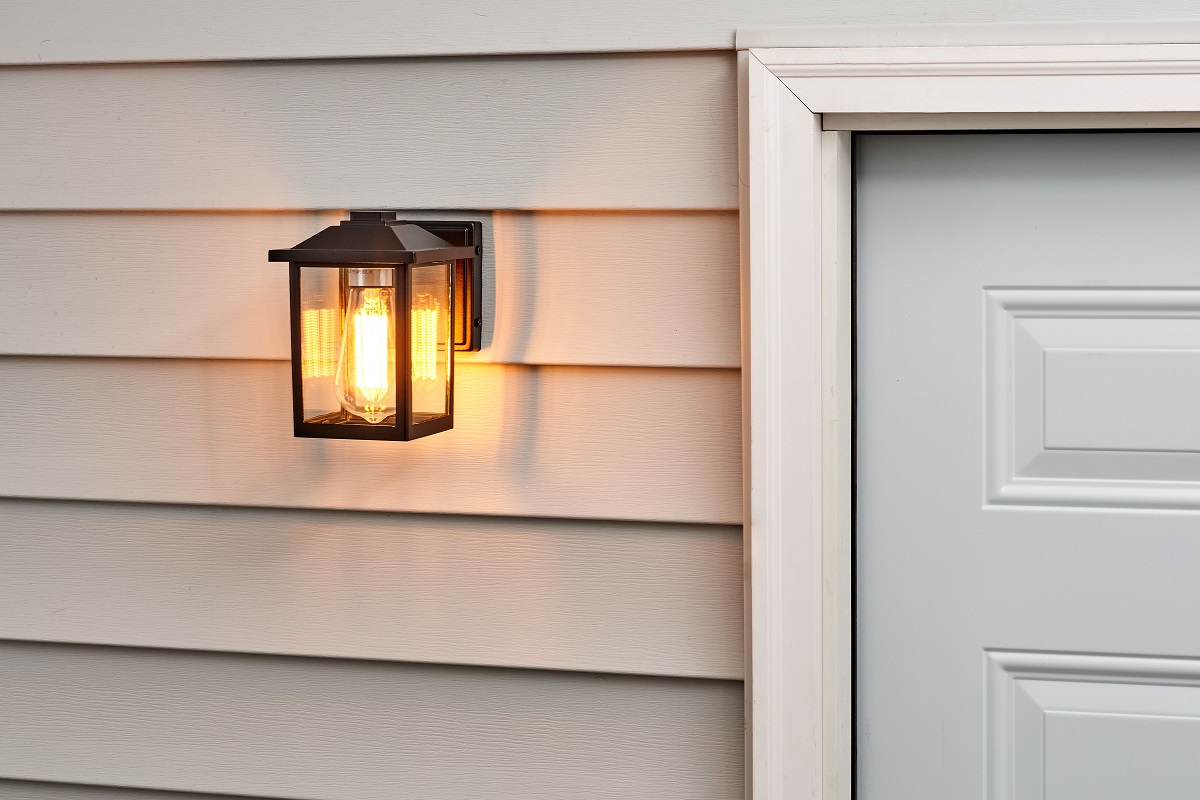

Outdoor Furniture
How To Waterproof Outdoor Light Fixture
Modified: January 19, 2024
Learn how to waterproof your outdoor light fixture to protect it from the elements. Follow these simple steps to keep your outdoor furniture and design looking great for years to come.
(Many of the links in this article redirect to a specific reviewed product. Your purchase of these products through affiliate links helps to generate commission for Storables.com, at no extra cost. Learn more)
Introduction
When it comes to enhancing the ambiance and functionality of outdoor spaces, lighting plays a pivotal role. Whether illuminating a cozy patio, a sprawling garden, or a charming pathway, outdoor light fixtures are indispensable. However, the exposure to the elements can pose a significant threat to their longevity and performance. This is where the importance of waterproofing outdoor light fixtures becomes evident.
In this comprehensive guide, we will delve into the essential aspects of waterproofing outdoor light fixtures, including the significance of this process, the selection of appropriate waterproofing materials, and a step-by-step walkthrough for waterproofing. Additionally, we will explore valuable maintenance tips to ensure the prolonged effectiveness of the waterproofing measures.
By understanding the significance of waterproofing and mastering the techniques involved, you can safeguard your outdoor light fixtures from the detrimental effects of moisture, thereby prolonging their lifespan and preserving their aesthetic appeal. Let's embark on this enlightening journey to discover the art and science of waterproofing outdoor light fixtures.
Key Takeaways:
- Protecting outdoor light fixtures from moisture through waterproofing ensures they remain safe, functional, and visually appealing in various weather conditions, extending their lifespan and enhancing their performance.
- Choosing the right waterproofing materials and following a step-by-step process, along with regular maintenance, helps create a strong defense against water damage, preserving the integrity of outdoor light fixtures for long-term enjoyment.
Read more: How To Change An Outdoor Light Fixture
Understanding the Importance of Waterproofing Outdoor Light Fixtures
Outdoor light fixtures are constantly exposed to the harsh and unpredictable elements of nature. From torrential rain and snow to scorching heat and freezing temperatures, these fixtures endure a myriad of weather conditions. Without adequate protection, the ingress of moisture can lead to corrosion, electrical malfunctions, and structural deterioration, ultimately compromising the performance and safety of the fixtures.
Waterproofing outdoor light fixtures is not merely a matter of preserving their visual appeal; it is a fundamental step in ensuring their functionality and longevity. By creating a barrier against moisture, waterproofing measures shield the internal components of the fixtures from water damage, thereby reducing the risk of electrical hazards and premature failure.
Furthermore, waterproofing contributes to the preservation of the structural integrity of the fixtures. It mitigates the effects of rust and corrosion, which can compromise the stability and safety of the fixtures over time. By preventing water from seeping into the sensitive electrical and mechanical parts, waterproofing safeguards the overall performance and reliability of outdoor light fixtures.
Another crucial aspect of waterproofing outdoor light fixtures is the protection it offers against mold and mildew. The accumulation of moisture within the fixtures can create an environment conducive to the growth of mold and mildew, leading to unsightly blemishes and potential health hazards. By implementing effective waterproofing techniques, you can inhibit the proliferation of these harmful microorganisms, contributing to a cleaner and healthier outdoor environment.
Ultimately, the importance of waterproofing outdoor light fixtures extends beyond surface-level preservation. It is a proactive measure that upholds the safety, functionality, and aesthetic appeal of these fixtures, ensuring that they continue to illuminate and enhance outdoor spaces for years to come.
Choosing the Right Waterproofing Materials
When it comes to waterproofing outdoor light fixtures, selecting the appropriate materials is paramount to achieving effective and long-lasting protection. The ideal waterproofing materials should offer a reliable barrier against moisture while being compatible with the specific design and construction of the fixtures. Here are some essential considerations for choosing the right waterproofing materials:
- Sealants: Silicone-based or polyurethane sealants are popular choices for waterproofing outdoor light fixtures. These sealants adhere well to various materials, including metal, plastic, and glass, creating a durable and flexible barrier against water intrusion. Opt for sealants that are UV-resistant and designed for outdoor applications to ensure optimal performance in varying weather conditions.
- Gaskets and O-rings: Many outdoor light fixtures feature gaskets or O-rings to provide a watertight seal at critical junctures such as the lens or access points. When waterproofing these fixtures, inspect the condition of the existing gaskets and O-rings, and replace them if they show signs of wear or deterioration. Utilize high-quality, weather-resistant gaskets and O-rings to maintain the integrity of the waterproofing seal.
- Encapsulation Coatings: For added protection, consider using encapsulation coatings specifically formulated for outdoor electrical components. These coatings form a protective barrier over circuit boards, wiring, and connections, shielding them from moisture and environmental contaminants. Ensure that the encapsulation coating is compatible with the materials and electrical specifications of the light fixtures.
- Waterproof Enclosures: In instances where the existing fixtures are not adequately sealed against water intrusion, waterproof enclosures can be employed to house the electrical components securely. These enclosures, made of corrosion-resistant materials such as polycarbonate or stainless steel, provide an extra layer of protection, safeguarding the internal components from moisture and external damage.
- Corrosion Inhibitors: In addition to traditional waterproofing materials, incorporating corrosion inhibitors can further enhance the resilience of outdoor light fixtures against the effects of moisture. Corrosion inhibitors, available in spray or liquid form, can be applied to metal surfaces to impede rust formation and prolong the lifespan of the fixtures.
By carefully evaluating the specific requirements of the outdoor light fixtures and choosing the right combination of waterproofing materials, you can fortify the fixtures against water damage and ensure their enduring performance in outdoor environments.
To waterproof an outdoor light fixture, use silicone caulk to seal any gaps or openings where water could enter. Make sure the fixture is completely dry before applying the caulk.
Step-by-Step Guide to Waterproofing Outdoor Light Fixtures
Waterproofing outdoor light fixtures involves a systematic approach to ensure comprehensive protection against moisture intrusion. By following a step-by-step guide, you can effectively safeguard the fixtures from the detrimental effects of the elements. Here’s a detailed walkthrough of the waterproofing process:
- Assessment: Begin by assessing the condition of the outdoor light fixtures. Identify any existing damage, corrosion, or areas susceptible to water ingress. Inspect the seals, gaskets, and access points to determine the extent of waterproofing required.
- Cleaning and Preparation: Thoroughly clean the surfaces of the fixtures to remove dirt, grime, and any existing sealant or coating. Ensure that the areas to be waterproofed are dry and free from debris before proceeding with the next steps.
- Sealant Application: Apply a high-quality silicone or polyurethane sealant along the seams, joints, and openings of the fixtures. Pay particular attention to areas where water could potentially penetrate, such as around the lens, electrical connections, and mounting brackets. Use a caulking gun to achieve a precise and uniform application of the sealant.
- Gasket Replacement: If the fixtures are equipped with gaskets or O-rings, inspect them for wear and deterioration. Replace any damaged or degraded gaskets with new, weather-resistant ones to ensure a reliable waterproof seal.
- Encapsulation Coating: For fixtures with exposed electrical components, apply a suitable encapsulation coating to protect the circuitry, wiring, and connections from moisture. Follow the manufacturer’s instructions for proper application and curing of the encapsulation coating.
- Reassembly and Testing: Once the waterproofing measures are in place, reassemble the fixtures carefully, ensuring that all components are securely fastened. Conduct a thorough functionality test to verify that the waterproofing has not compromised the operation of the fixtures.
- Final Inspection: After completing the waterproofing process, perform a final inspection to confirm that all areas vulnerable to water intrusion have been adequately sealed and protected. Address any remaining concerns or areas of potential vulnerability to ensure comprehensive waterproofing.
By diligently following these steps and paying meticulous attention to detail, you can effectively waterproof outdoor light fixtures, fortifying them against the challenges posed by outdoor environments and preserving their functionality and appearance for the long term.
Maintenance Tips for Waterproofed Outdoor Light Fixtures
After implementing waterproofing measures to protect outdoor light fixtures, regular maintenance is essential to uphold their effectiveness and prolong their lifespan. By incorporating the following maintenance tips into your routine, you can ensure that the waterproofed fixtures continue to perform optimally in outdoor settings:
- Cleaning Schedule: Establish a regular cleaning schedule to remove dirt, debris, and environmental residues from the surfaces of the fixtures. Use a mild detergent and water to gently clean the fixtures, avoiding harsh chemicals that could compromise the waterproofing materials.
- Sealant Inspection: Periodically inspect the sealant applied to the fixtures for signs of deterioration, cracking, or detachment. Address any areas of concern promptly by reapplying sealant to maintain a watertight barrier and prevent moisture intrusion.
- Gasket and O-Ring Maintenance: Check the condition of gaskets and O-rings, ensuring that they remain pliable and intact. Replace any worn or damaged gaskets to uphold the integrity of the waterproof seals and prevent water from seeping into the fixtures.
- Encapsulation Coating Renewal: If the fixtures are coated with encapsulation material to protect electrical components, monitor the condition of the coating and renew it as recommended by the manufacturer. Ensure that the encapsulation remains intact and provides comprehensive coverage to prevent moisture-related damage.
- Inspection of Electrical Connections: Periodically inspect the electrical connections within the fixtures for signs of corrosion, moisture accumulation, or loose wiring. Address any issues promptly to maintain the safety and functionality of the fixtures.
- Protection from External Elements: Consider installing protective accessories such as rain guards or shields to minimize direct exposure to precipitation and airborne debris. These additional safeguards can complement the waterproofing measures and reduce the impact of external elements on the fixtures.
- Professional Assessment: Engage the services of a qualified electrician or lighting specialist for periodic assessments of the waterproofed fixtures. Professional expertise can help identify potential issues and ensure that the fixtures remain adequately protected against moisture and environmental factors.
By integrating these maintenance tips into your care regimen, you can preserve the integrity of the waterproofing measures and mitigate the effects of outdoor exposure, thereby maximizing the longevity and performance of your outdoor light fixtures.
Read more: How To Test An Outdoor Light Fixture
Conclusion
Waterproofing outdoor light fixtures is a crucial undertaking that not only safeguards the fixtures from the detrimental effects of moisture but also ensures their sustained functionality and visual appeal in outdoor environments. By understanding the significance of waterproofing and employing the right materials and techniques, you can fortify the fixtures against the challenges posed by varying weather conditions, thereby prolonging their lifespan and enhancing their performance.
Choosing the appropriate waterproofing materials, such as high-quality sealants, gaskets, encapsulation coatings, and corrosion inhibitors, is fundamental to establishing a robust defense against water intrusion. These materials, when applied with precision and care, create a reliable barrier that protects the fixtures’ internal components from corrosion, electrical malfunctions, and mold growth.
Following a meticulous step-by-step guide to waterproofing outdoor light fixtures ensures comprehensive coverage and long-lasting protection. From initial assessment and cleaning to sealant application, gasket replacement, and encapsulation coating, each step contributes to the creation of a resilient waterproofing barrier that safeguards the fixtures in outdoor settings.
Furthermore, the implementation of regular maintenance practices, including cleaning, sealant inspection, and electrical component assessment, is paramount to upholding the effectiveness of the waterproofing measures over time. By proactively addressing potential vulnerabilities and renewing protective coatings, you can sustain the integrity of the fixtures’ waterproofing and mitigate the impact of environmental factors.
In essence, waterproofing outdoor light fixtures is a proactive and essential endeavor that ensures the longevity, safety, and performance of these fixtures in outdoor spaces. By integrating the insights and techniques presented in this guide, you can embark on a journey to preserve and protect your outdoor light fixtures, allowing them to illuminate and enhance your outdoor environment for years to come.
With a commitment to thorough waterproofing and diligent maintenance, outdoor light fixtures can continue to illuminate and elevate outdoor spaces, defying the challenges of nature and standing the test of time.
Frequently Asked Questions about How To Waterproof Outdoor Light Fixture
Was this page helpful?
At Storables.com, we guarantee accurate and reliable information. Our content, validated by Expert Board Contributors, is crafted following stringent Editorial Policies. We're committed to providing you with well-researched, expert-backed insights for all your informational needs.
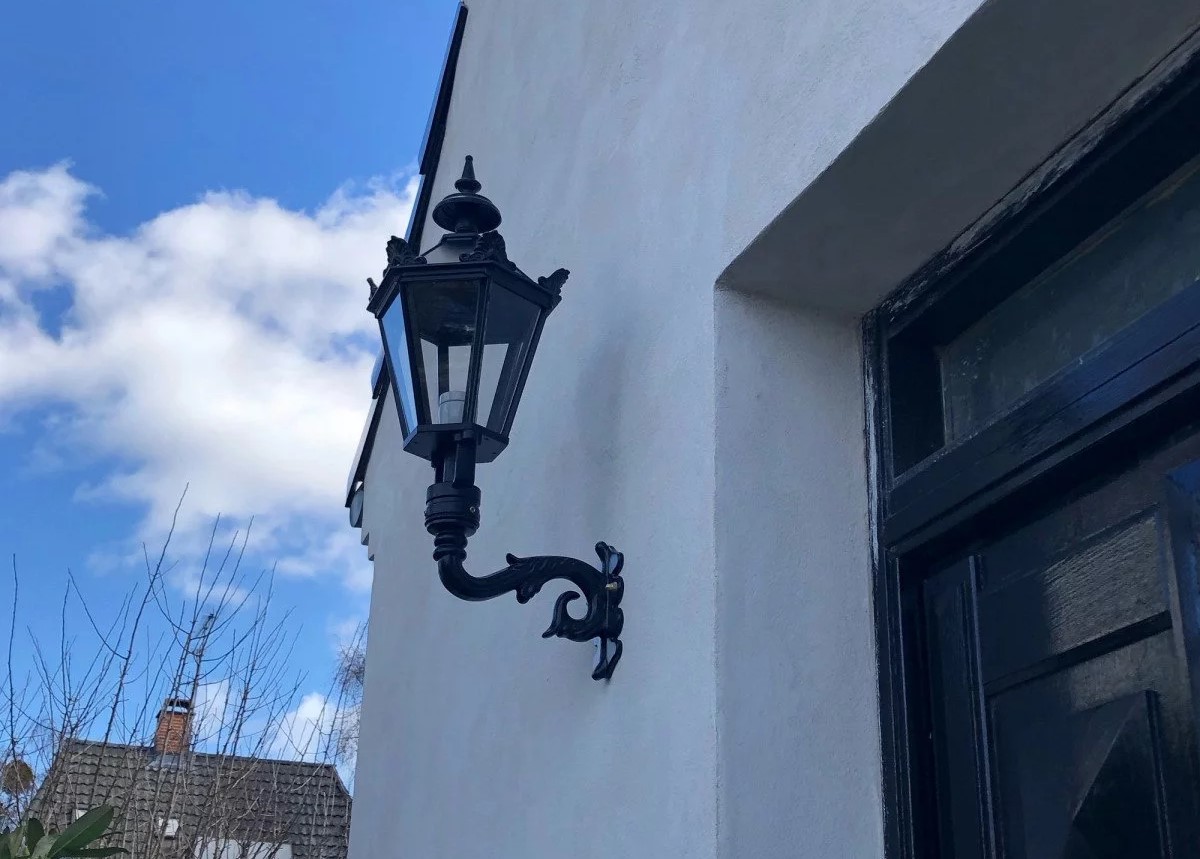
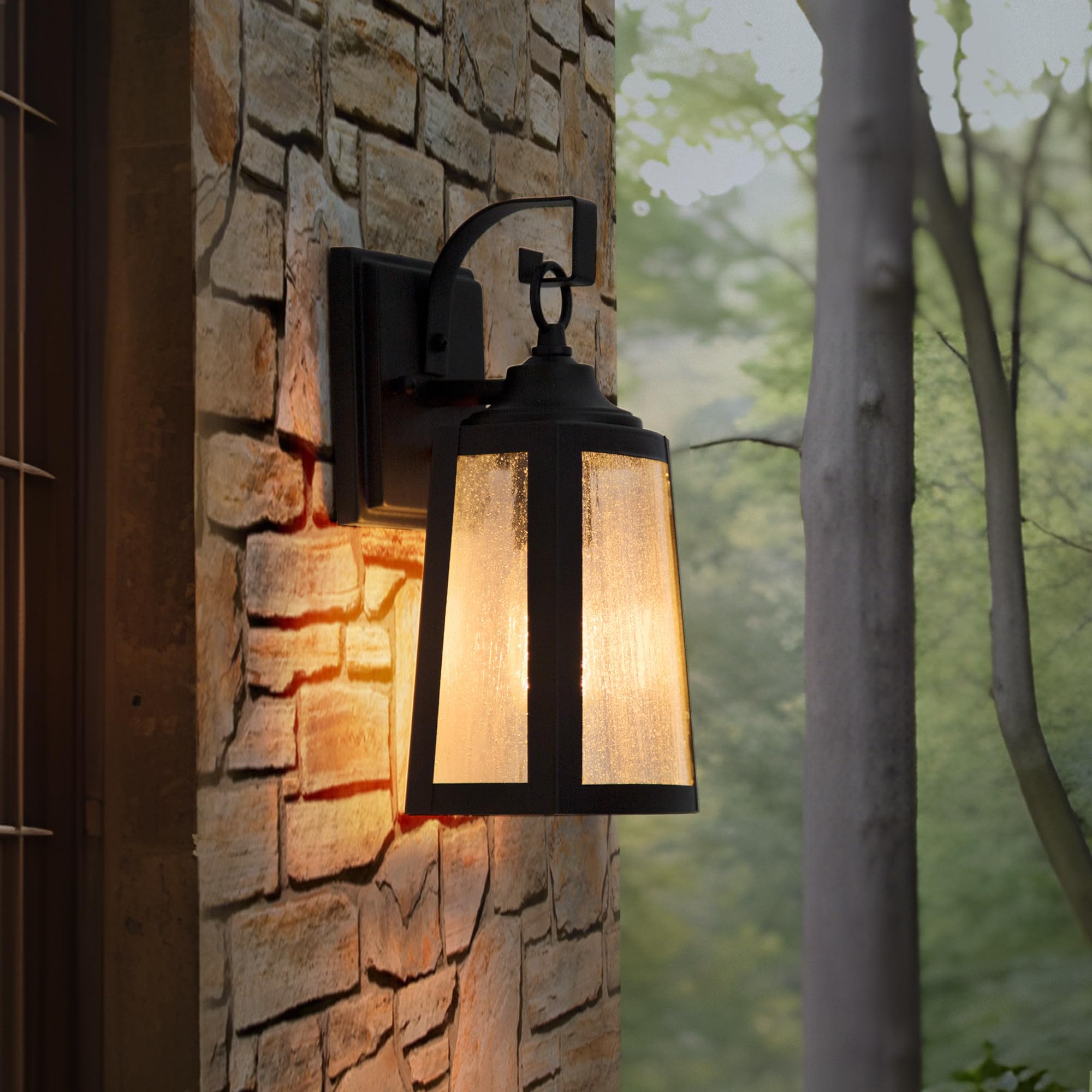
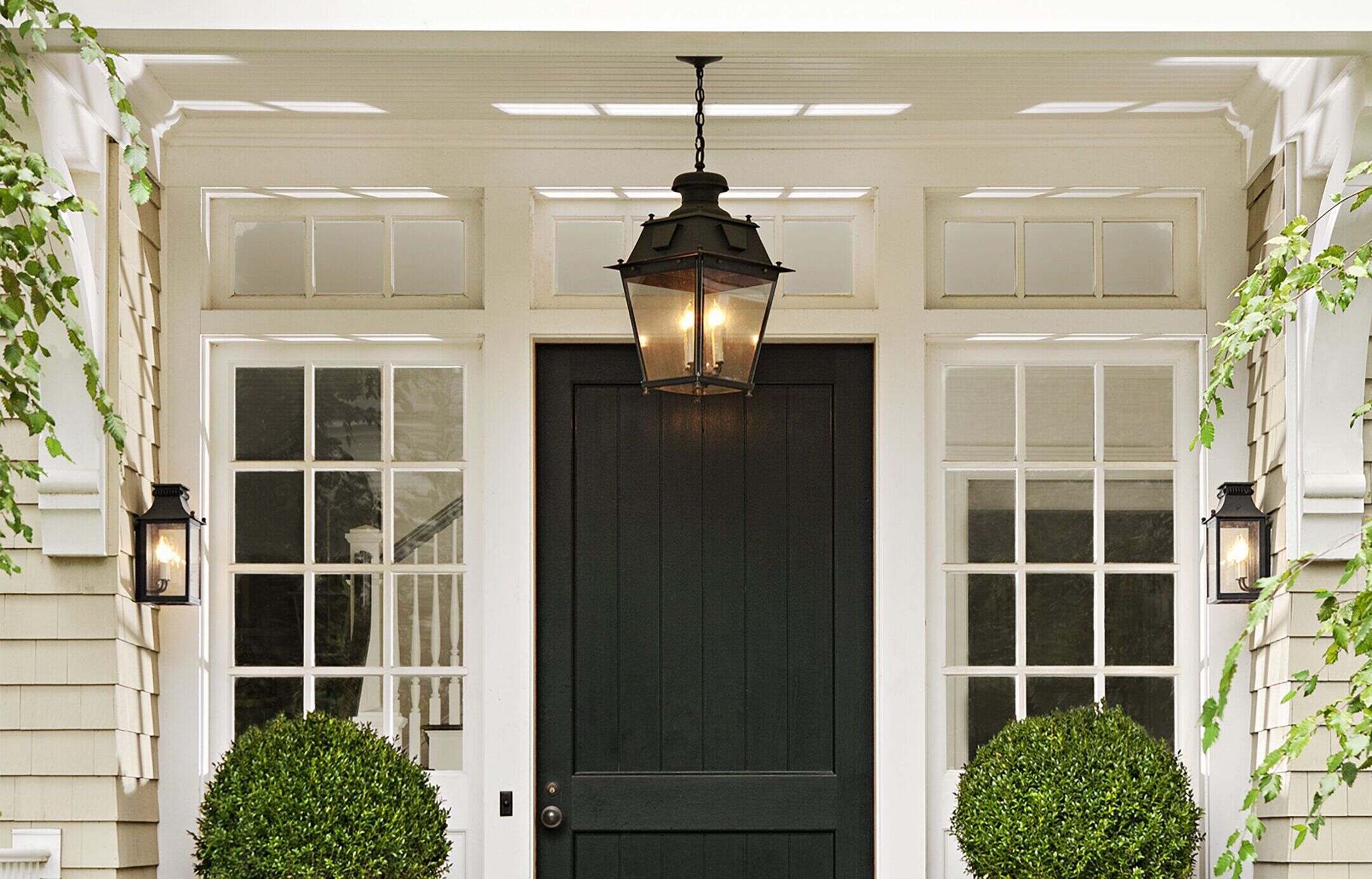
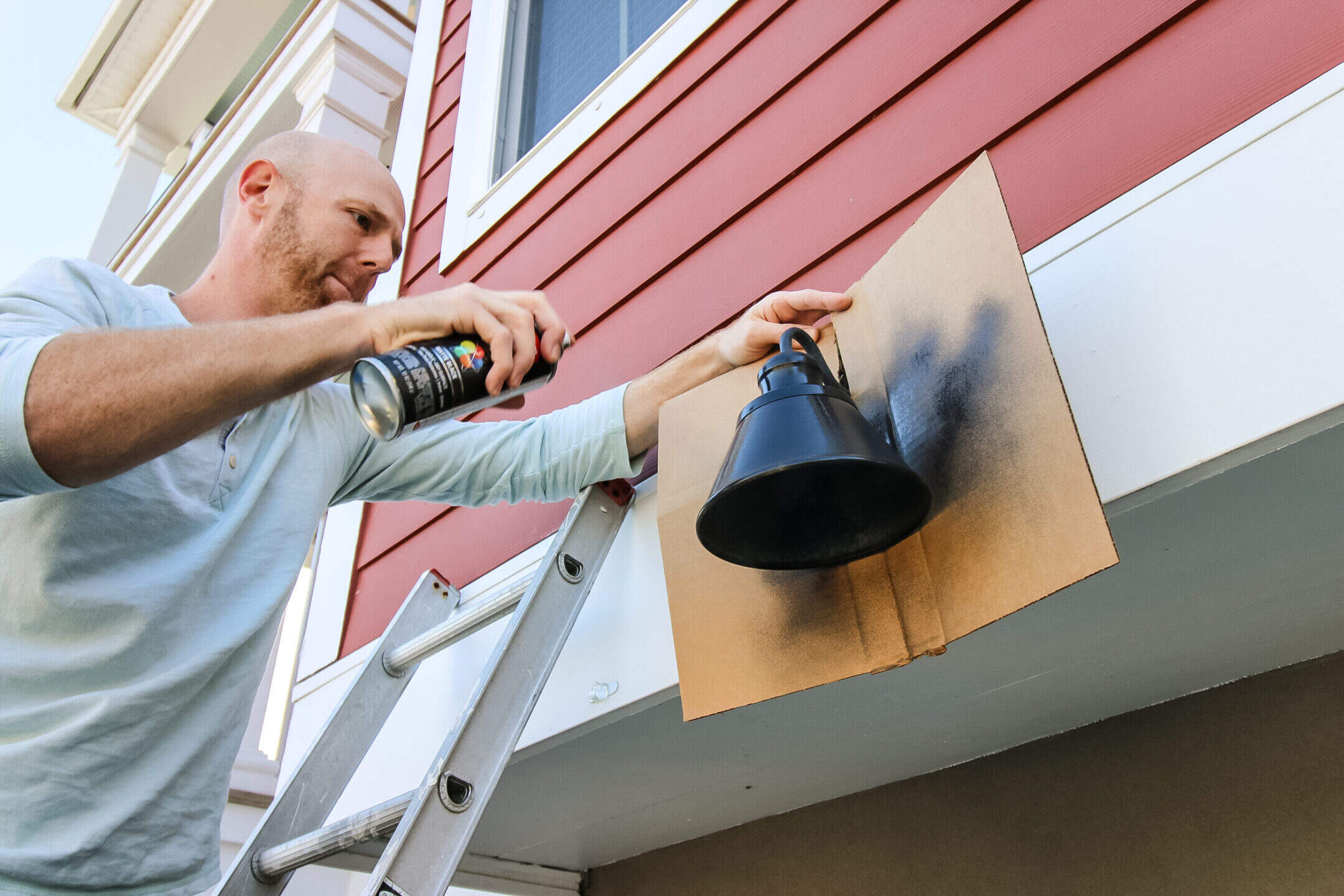
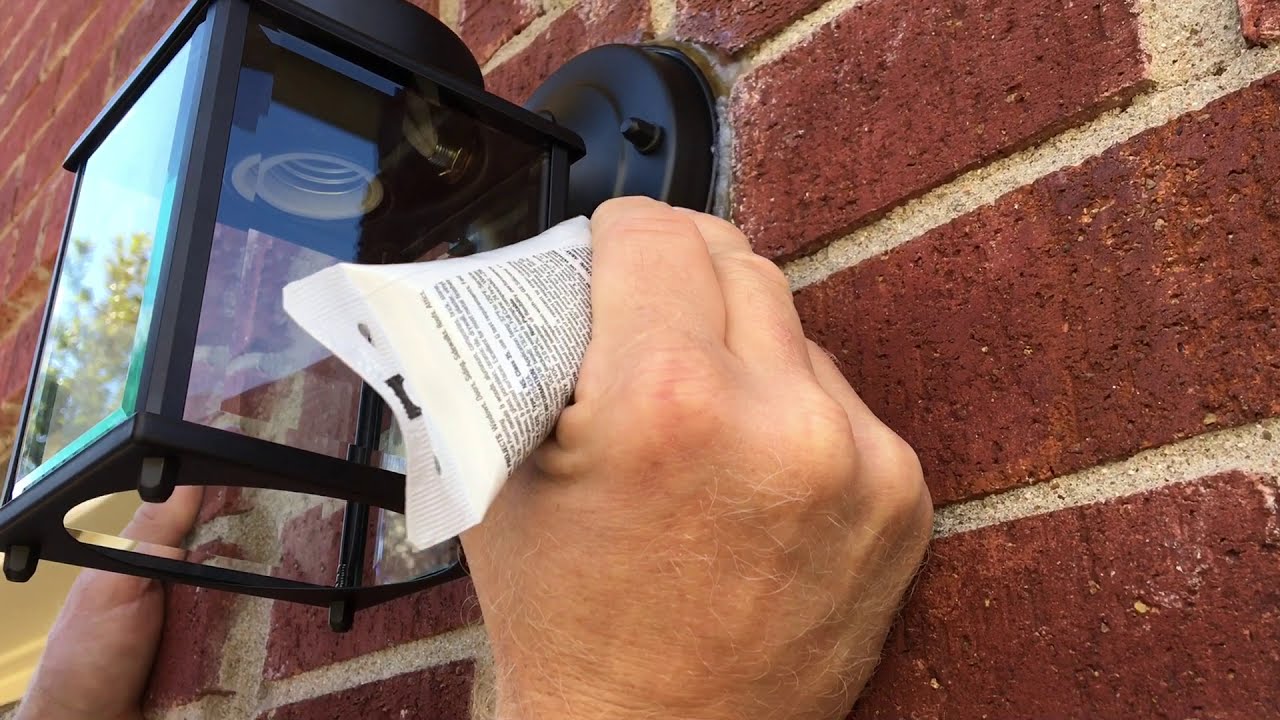
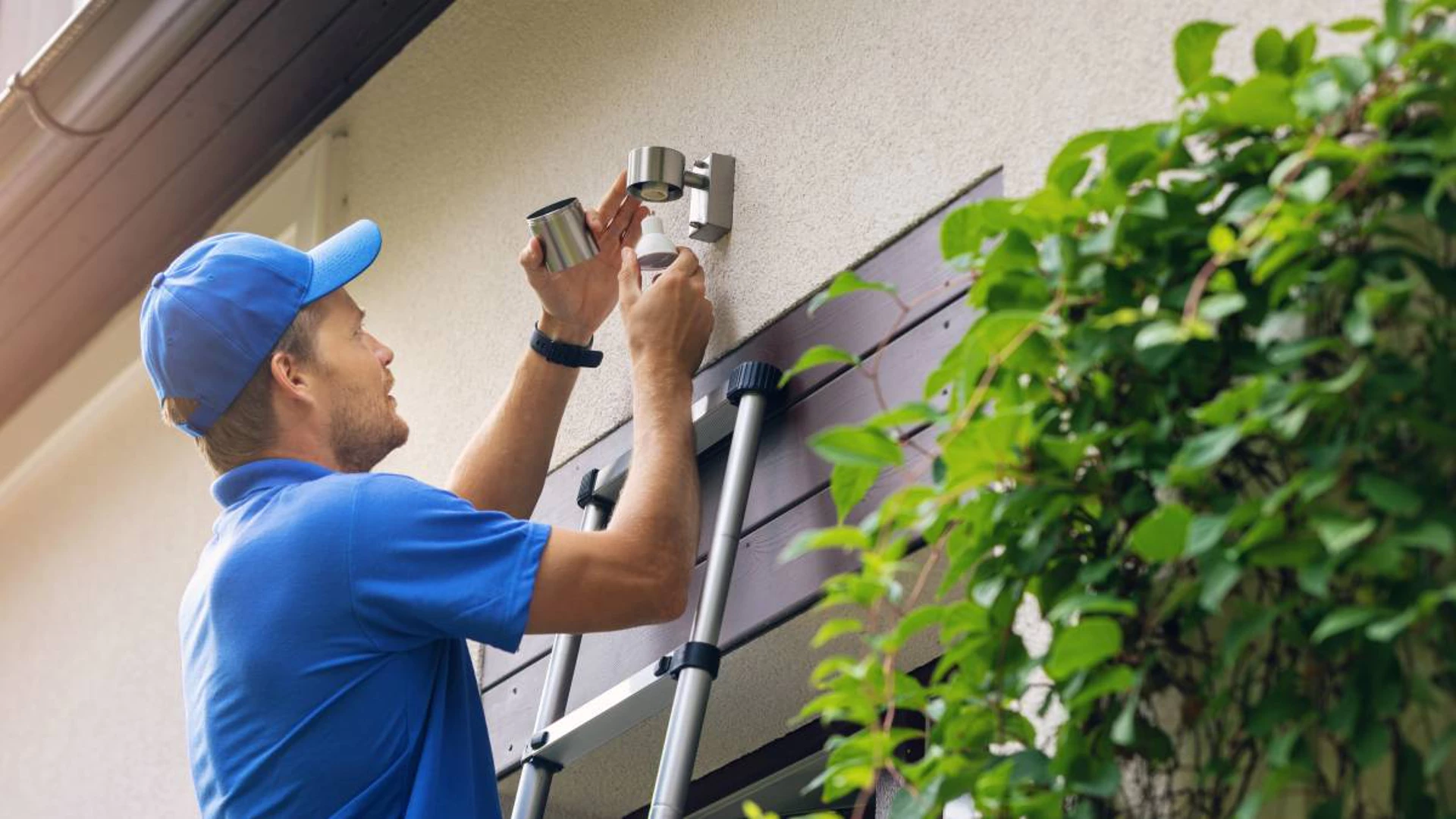
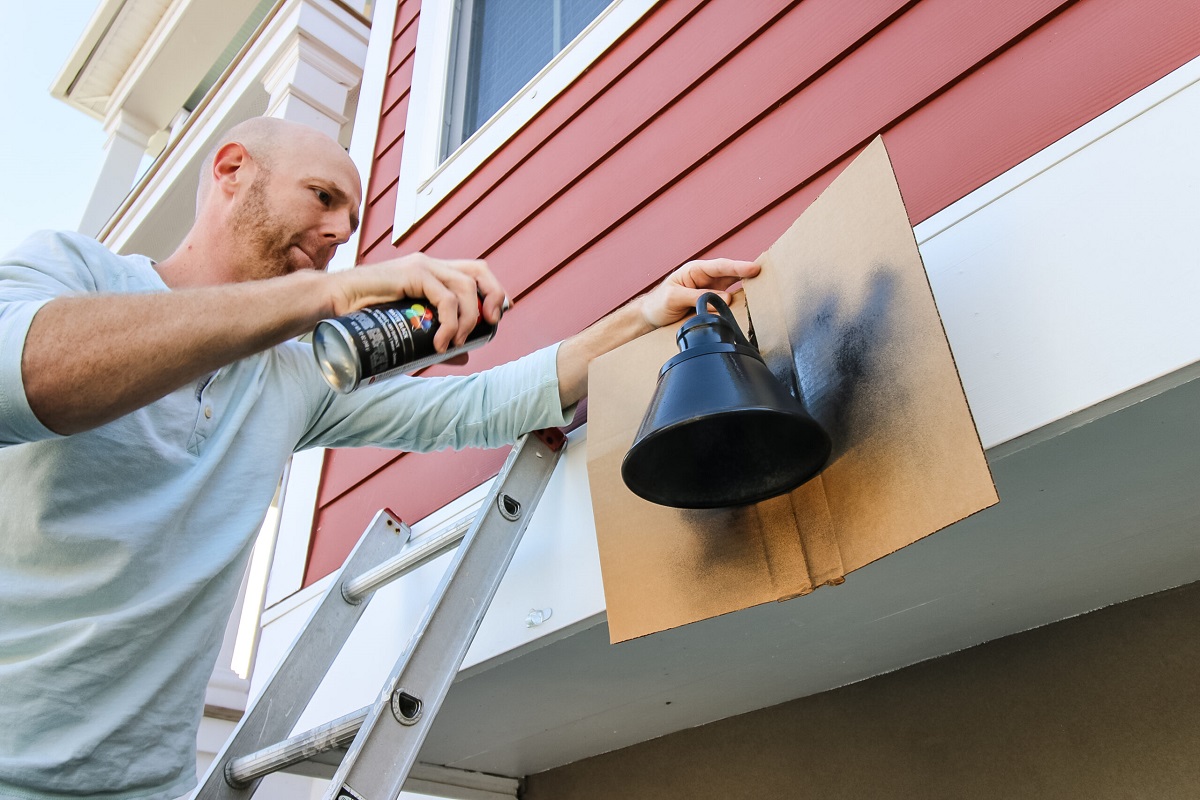
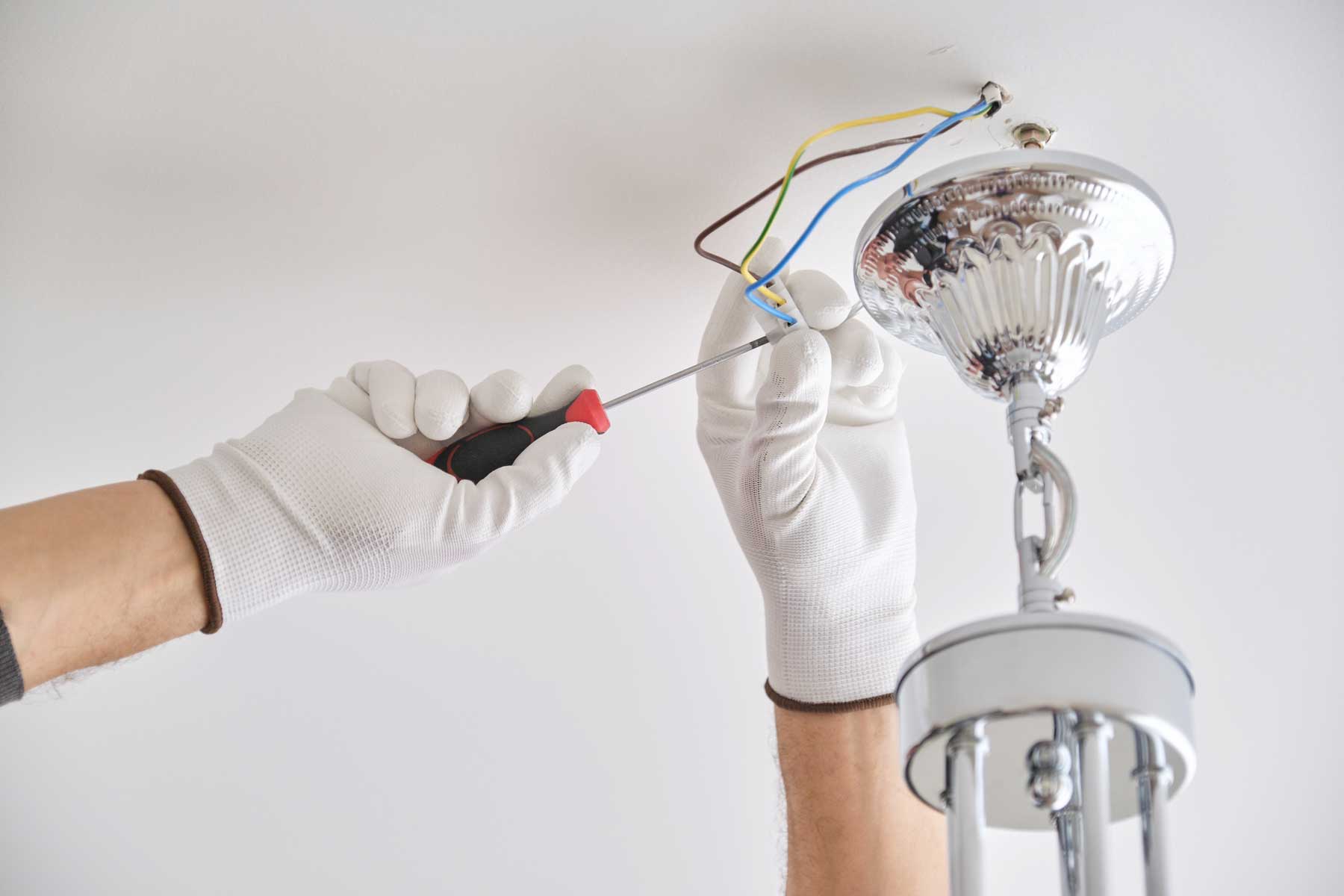
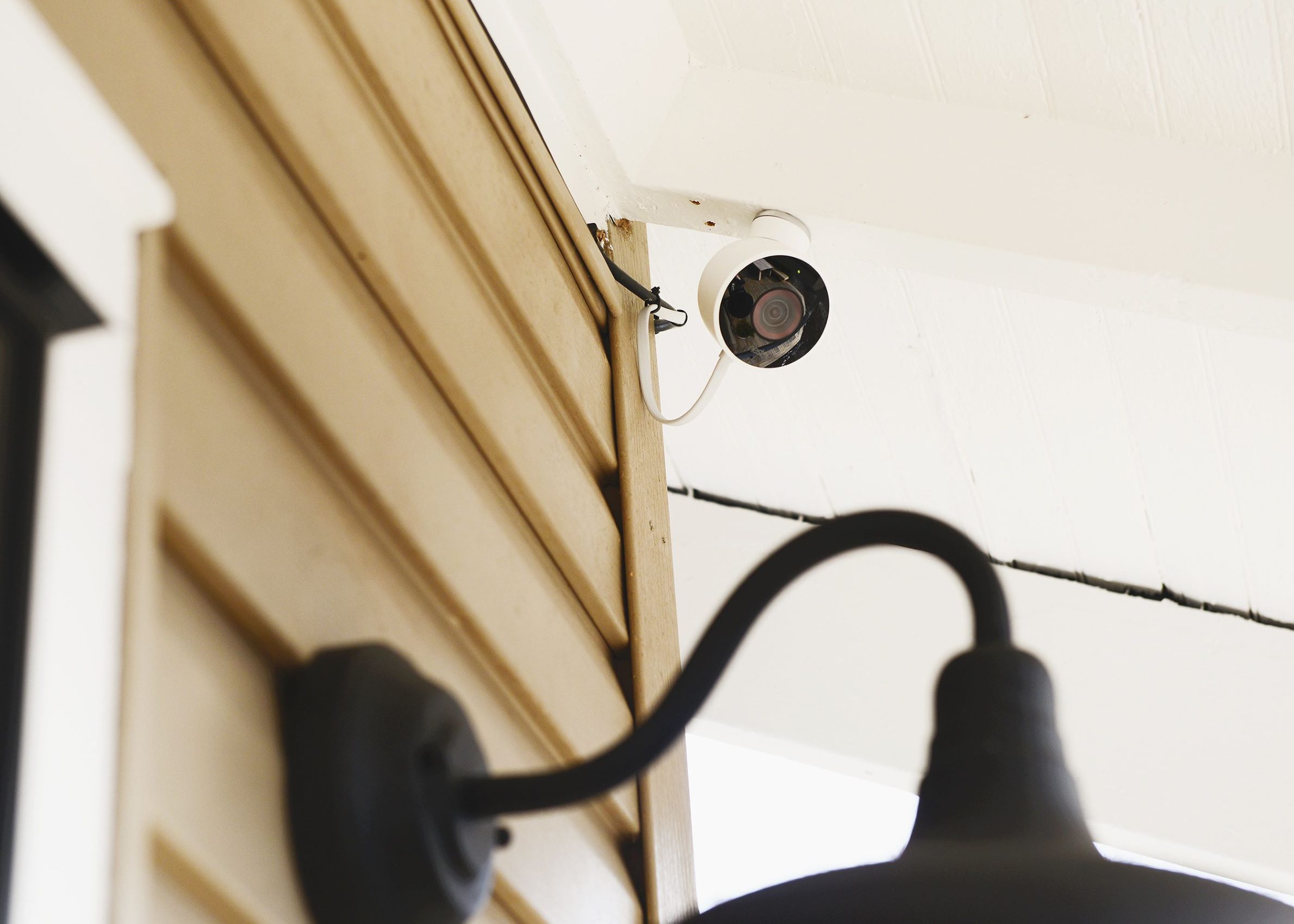
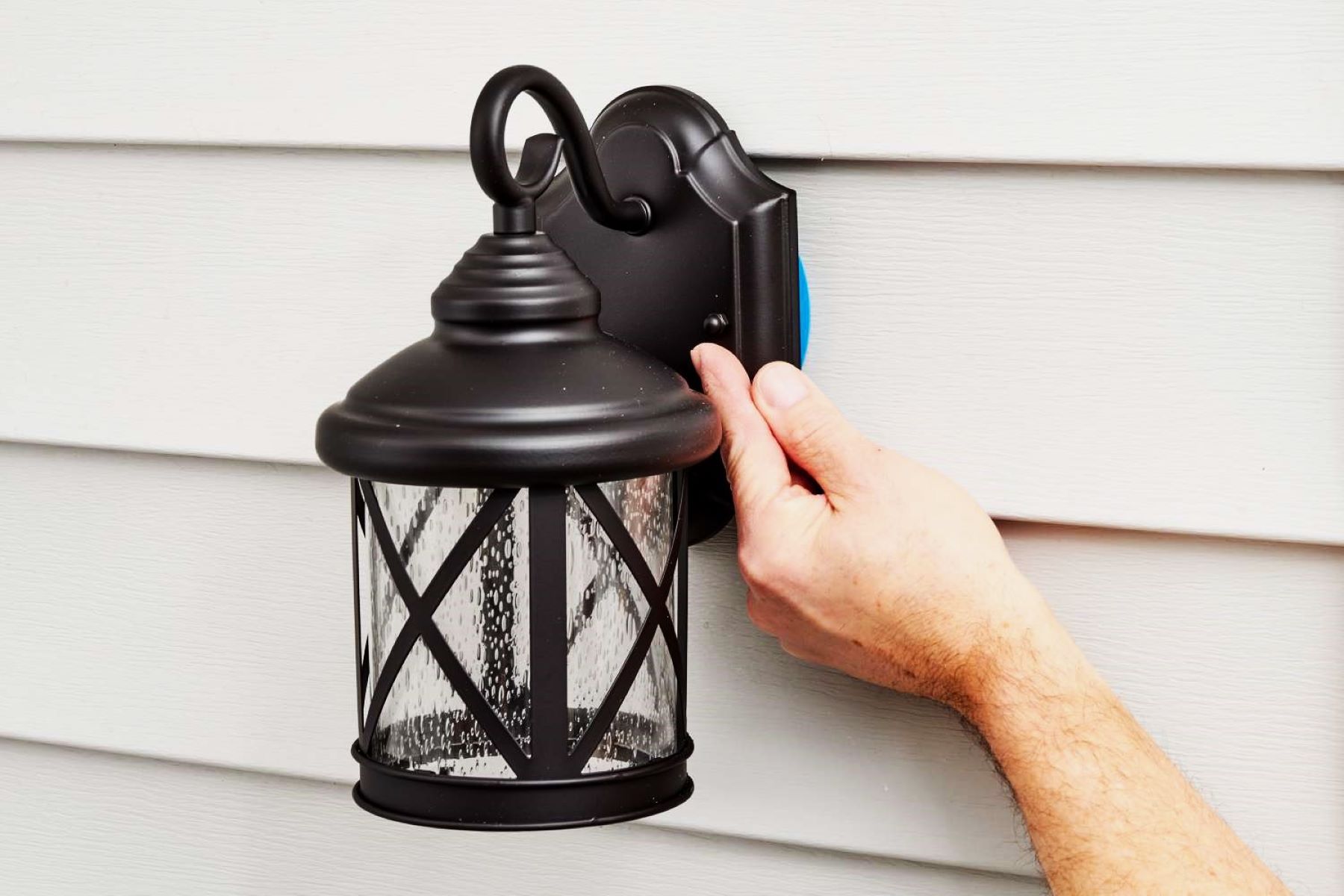
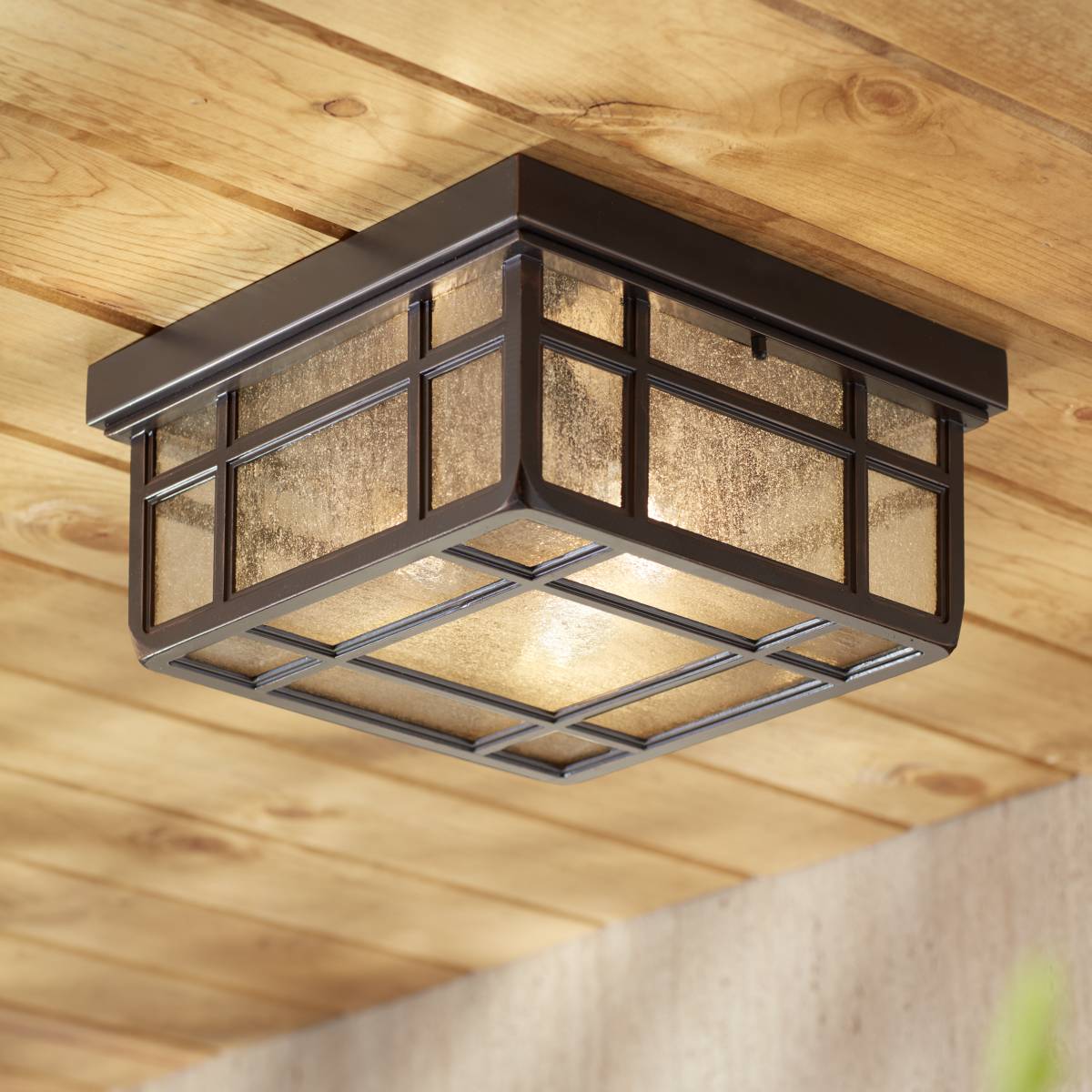
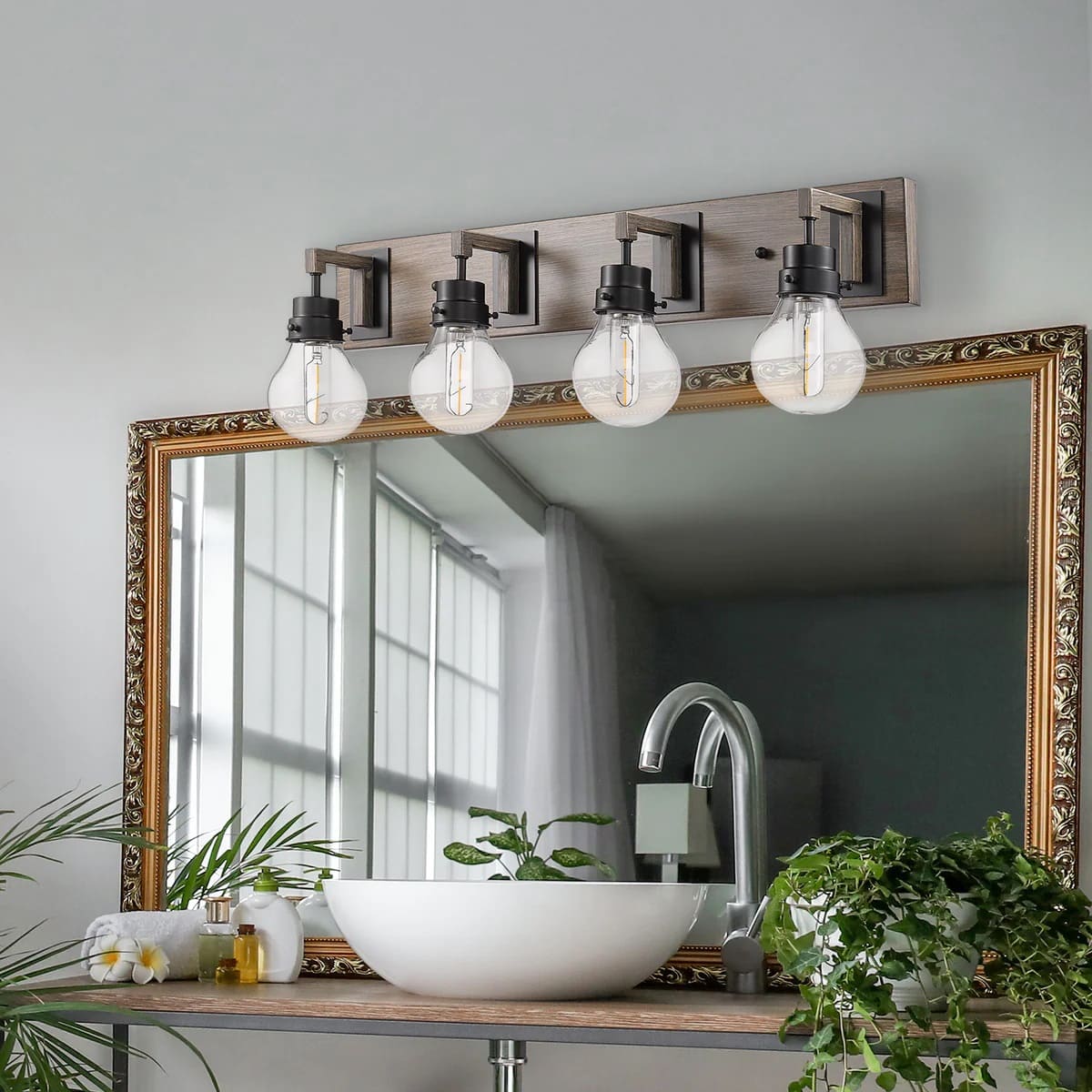
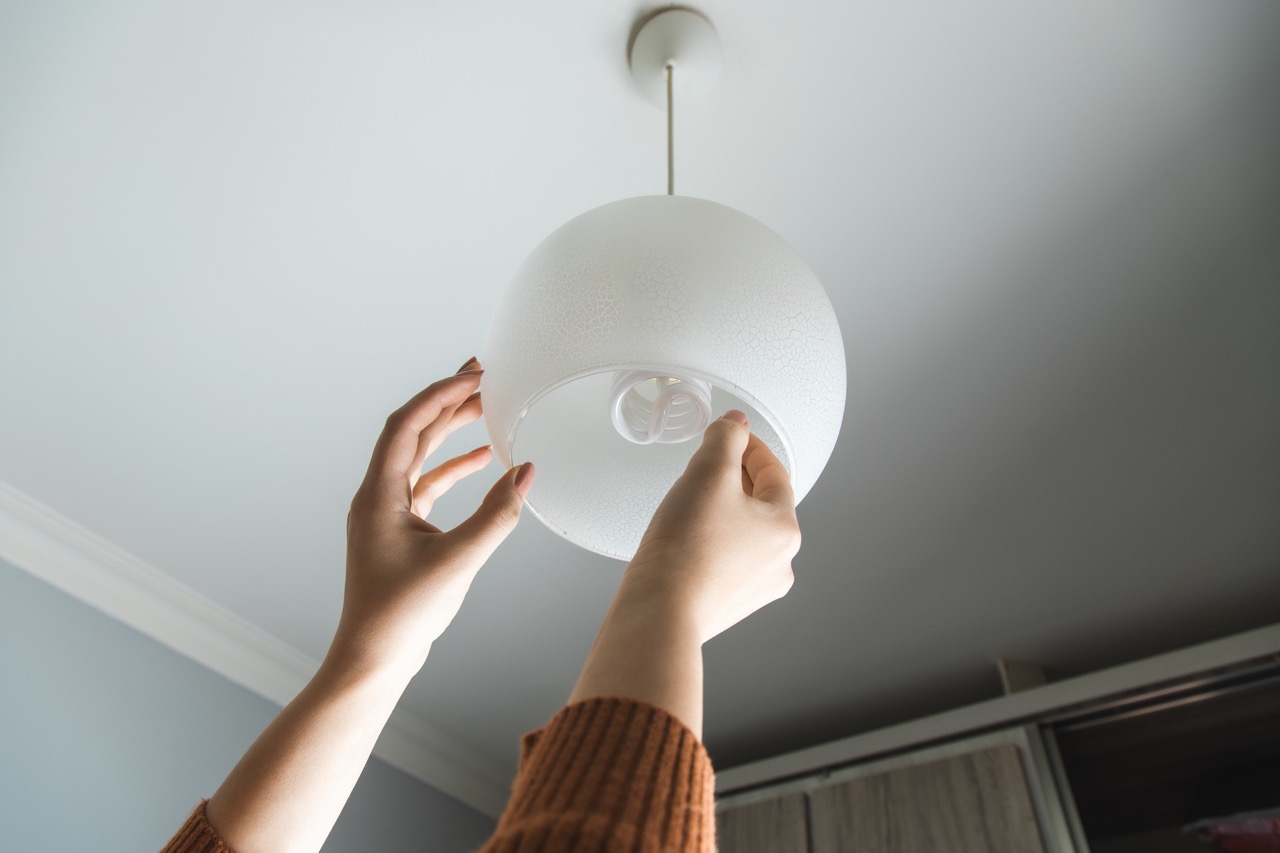
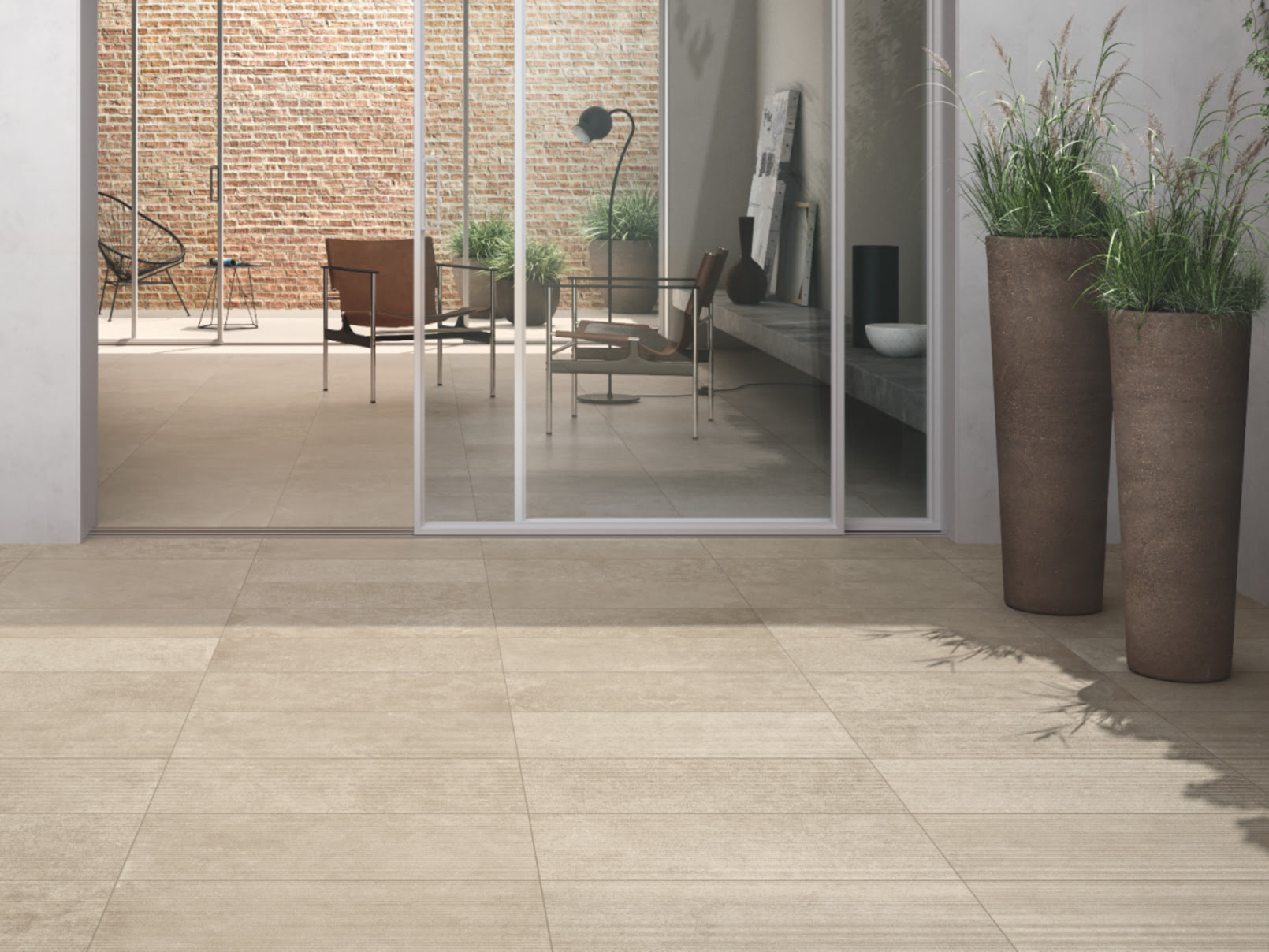

0 thoughts on “How To Waterproof Outdoor Light Fixture”